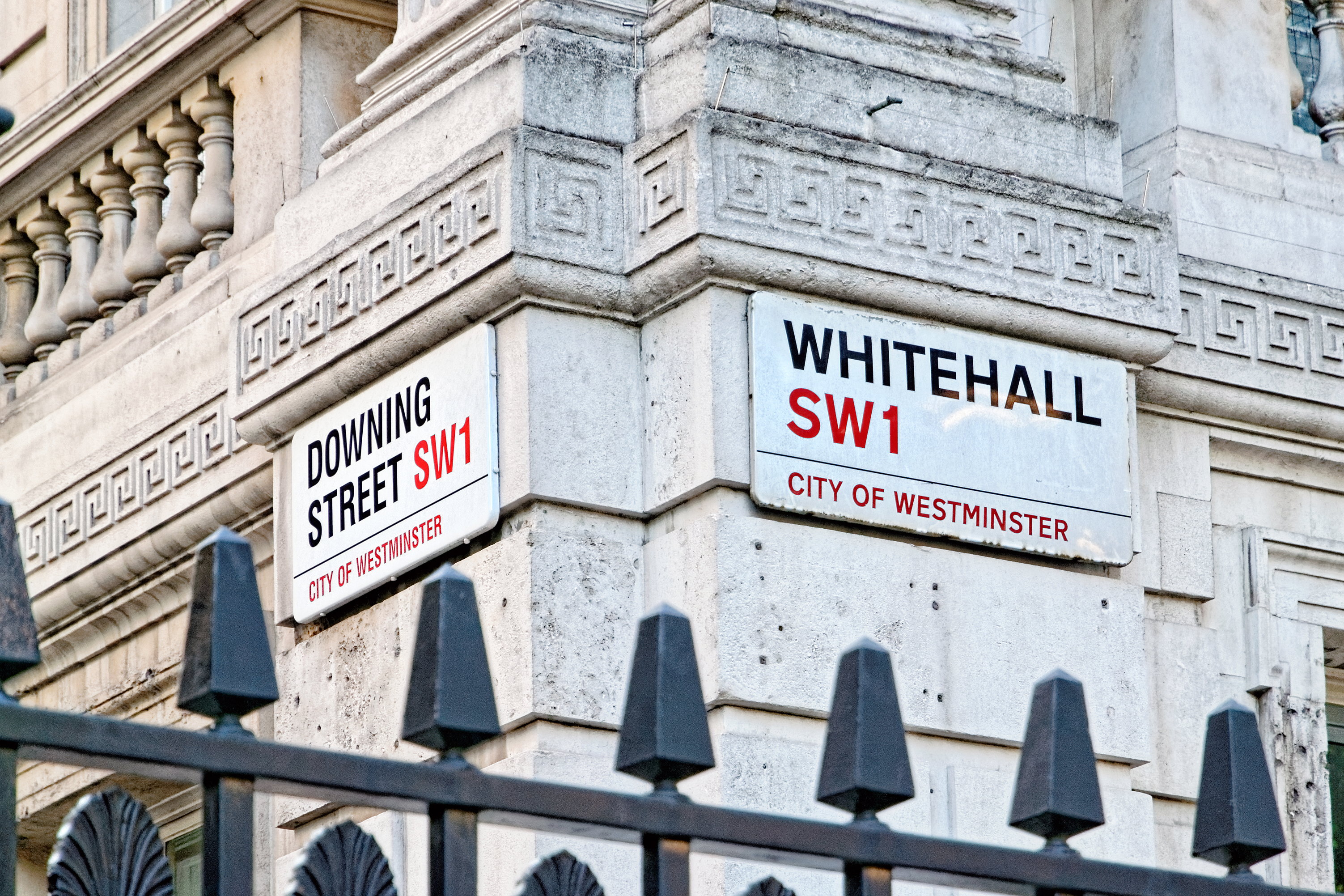What is a ?
The UK has traditionally not had a system of national during peacetime, with the idea of officials asking for ‘ papers long seen as something highly alien to Britain.
are used for a variety of purposes, but the basic principle underlying them all is that the bearer of the is responsible for proving that the bearer is who he or she says they are, in order to be allowed to do or receive something.
The growing use of IT in the provision of public services has resulted in vast amounts of data about individuals being retained by the state and its arms, and by the same token has led to the growth of ‘ fraud‘.
‘ fraud‘ is a generic term describing one person impersonating another in order to obtain some benefit that they are not entitled to, such as social payments, admission to the or to property.


have been held up as the answer to fraud.
History of identical cards in the UK
The last time the UK issued compulsory ID cards to was during the second world war, when national registration were distributed along with ration books. Everyone aged over 16 had to carry their at all times – failure to do so was a criminal offence. Children’s cards had to be kept by their parents or guardians.
It was promised at the time that the scheme would be abolished after the war, but in fact it continued until 1952. The scheme was very unpopular with the public, and was regarded as an alien imposition on the British way of life.
Despite the long-standing opposition of the Labour party to on civil liberties grounds, the Labour introduced plans in a 2003 white paper for a voluntary scheme, to be succeeded by a compulsory scheme “if the conditions were right”.
A draft bill to this effect was introduced in April 2004. It proposed the voluntary scheme be rolled out in 2007-08 and gradually be expanded to cover 80 per cent of the adult population within five years. The bill was not passed by the time the general election was called in 2005, so it had to be introduced again that autumn.
After months of wrangling, with parts of the legislation going between the House of Commons and the House of Lords several times as they sought to reach agreement, the bill finally received royal assent in March 2006.
On 25th September 2008 the Home Secretary, Jacqui Smith, unveiled the first UK , reopening the debate about their necessity.
The plastic wallet cards were the size of a and showed the holder’s photograph or , name, date of birth, nationality and immigration status. A secure electronic chip held their biometric details, including fingerprints, and a digital facial image.
However, following the 2010 General Election, the new Conservative/Liberal Democrat coalition announced that ID cards would be scrapped. The Bill was subsequently introduced to parliament on 26th May 2010 and provided for the cancellation of all UK ID cards and also for the destruction of the National Register. The Bill received Royal Assent in December 2010.
With the Conservative led government remaining in power in the UK since that date, the issue of identity cards has dropped off the mainstream political agenda.
Controversies
The controversy about an identification card scheme derives from concern about eroding civil liberties, surveillance of the public by the authorities and a general shift in the balance of power between the state and the individual, who is presumed not to be who they say they are unless they can prove otherwise.
The last Labour government put forward a wide range of arguments in favour of a photo id card scheme, including the need to combat illegal immigration, benefit fraud, document and identity theft, and tackle terrorism.
It was suggested that ID cards would enable employers to avoid breaking the law by hiring staff who are not permitted to work in the UK, while it is widely acknowledged that fraud is a serious and growing problem. The Home Office put the cost of fraud at £1.7 billion per year in 2005, most of which was passed on to consumers in the form of higher prices for financial products.
Greater global mobility, brought about by the end of the Cold War and cheaper international travel, has made borders more porous, and in the early Twenty First Century, EU enlargement increased this still further. The Home Office argued that an was an important sign of a person’s entitlement to live, work and receive benefits in the UK. It was suggested that a would help the in fighting crime, with it argued that false documents were widely used by terrorists, and facilitated organised crime.
But in the wake of the London bombings of July 2005, home secretary Charles Clarke admitted ID cards would not have stopped the bombers. A report from the London School of Economics (LSE) suggesting the scheme could cost up to £300 per person also raised major concerns. However, the stood by its estimate of £30 for a stand-alone , or £93 for an combined with a new biometric .
There were also concerns about the range of agencies that would be permitted to the register, and the ‘s ability to manage such a large IT project. Ministers insisted such a database would have to be created as biometric passports were rolled out, but said the bill would ensure the details were properly protected.
And although the maintained the bill would introduce a voluntary ID scheme, it would make everyone applying for a after 2007 also apply for a . Opposition parties said this was “compulsion by stealth” and contrary to Labour’s election manifesto. After months of parliamentary wrangling, the agreed that people applying for a before January 1st 2010 would not be automatically enrolled in the scheme, although their details would be entered on the national register.
Following the announcement by the new Coalition in May 2010 that ID cards would be abolished, Home Secretary Theresa May said this was “a first step of many that this is taking to reduce the control of the state over decent, law-abiding people and hand power back to them.”
Statistics
Cancelling will save the taxpayer around £86m over the next four years once one-off costs like decommissioning costs, contract termination and asset write-offs are taken into account.
It will also save ongoing operation costs, creating a gross saving of more than £800m over ten years, which would be funded through income from fees.
The new Bill is designed to ensure the scheme can be cancelled and decommissioned by the summer of 2010.
Cards would become invalid within one month of the Bill receiving Royal Assent.
Source: Home Office – May 2010
Quotes
“The wasteful, bureaucratic and intrusive scheme represents everything that has been wrong with in recent years. By taking swift action to scrap it, we are making it clear that this won’t sacrifice people’s liberty for the sake of Ministers’ pet projects. Cancelling the scheme and abolishing the National Register is a major step in dismantling the surveillance state.” – Deputy Prime Minister Nick Clegg – May 2010
“The is moving quickly to end the ID scheme. NO2ID applauds this, but we’ll be watching like hawks to see the job’s done properly….Scrapping the ID scheme was always going to be complicated – not least because the Home Office has been planning its survival strategy for years.”- Phil Booth, National Coordinator of NO2ID.










